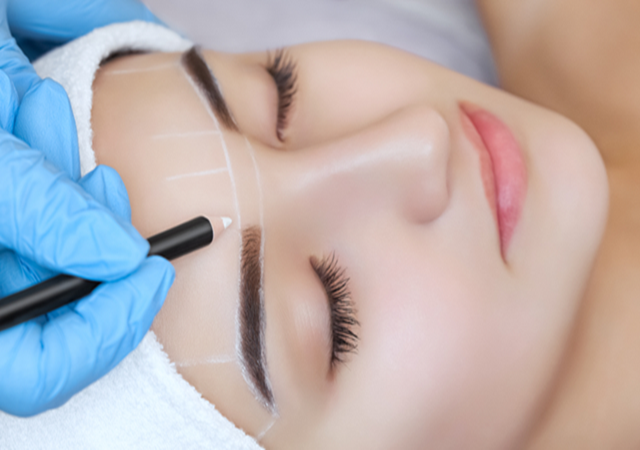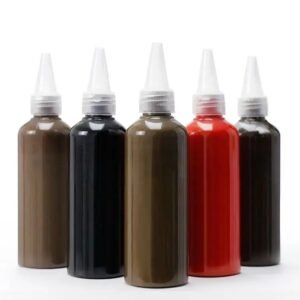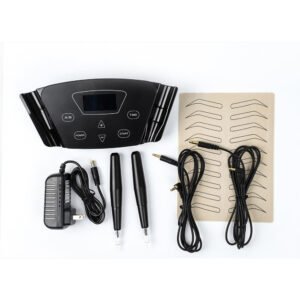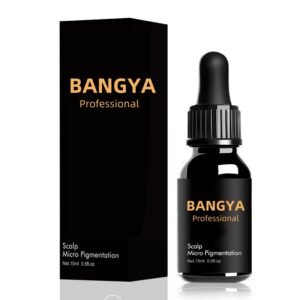When choosing the best pigment ink for microblading, the key is to find a pigment that not only lasts long in terms of color retention but also maintains its natural appearance and is safe. Here are several top pigment inks widely used in the microblading process:
understanding the difference between organic and inorganic pigments helps you select the best ink for every client.
Understanding Organic vs. Inorganic Tattoo Pigments in Microblading
The main difference between these two types of pigments lies in their chemical composition and color performance.
- Organic pigments (often carbon-based) are highly concentrated, producing bold and vibrant colors. They penetrate the skin easily and are ideal for artists who prefer sharp, defined hair strokes. However, organic pigments may fade to cooler or ashy tones over time if not applied properly.
- Inorganic pigments, typically iron oxide-based, are softer and more stable. They fade gradually and naturally, making them perfect for clients who want subtle, realistic brows. Inorganic pigments are also less likely to cause allergic reactions, which is why they are trusted in many professional microblading studios.
Which Brow Pigment Type Is Best for Today’s Market?
Currently, most professionals prefer hybrid pigments, combining the benefits of both organic and inorganic formulas. Hybrid pigments offer excellent color saturation while maintaining fade stability and safety. They heal true to tone, work well across different skin types, and are easy to control during application.
At Bangya, our professional microblading pigment inks are developed using high-quality hybrid formulations. Each shade is tested for color accuracy, safety, and long-term retention, ensuring that artists achieve predictable, natural-looking results every time.
Key Qualities to Look for in the Best Microblading Pigment Ink
When choosing pigment inks for your salon or professional use, consider the following:
- Safety and Sterility – Ensure pigments are sterile, vegan, and heavy metal–free.
- Color Stability – Choose inks that maintain consistent tone after healing.
- Compatibility with Techniques – The best pigments work for both manual microblading and PMU machines.
- Certification and Quality Control – Reliable brands like Bangya follow international standards to guarantee safety and performance.
Final Thoughts — Elevate Your Art with the Right Pigment
The best pigment ink for microblading depends on your client’s needs and your preferred technique. Whether you choose organic, inorganic, or hybrid pigments, always focus on quality, consistency, and safety.
If you’re searching for premium microblading pigments designed for professional use, explore Bangya’s pigment collection — where science meets artistry for flawless, lasting results.






